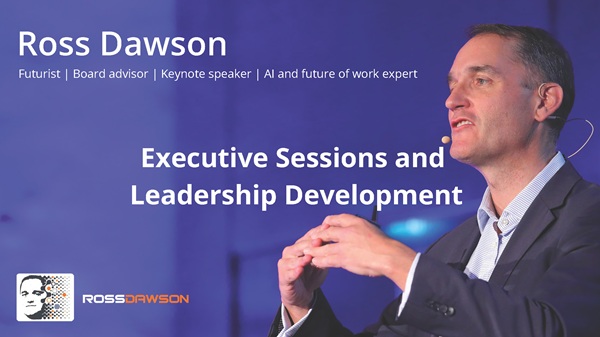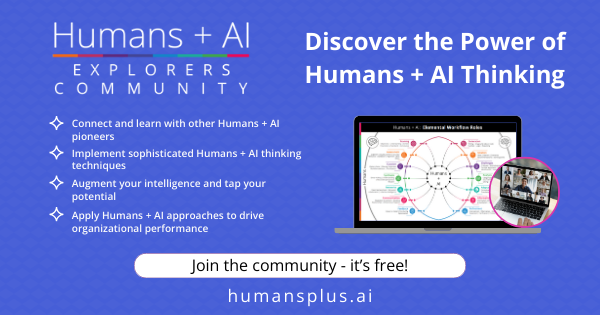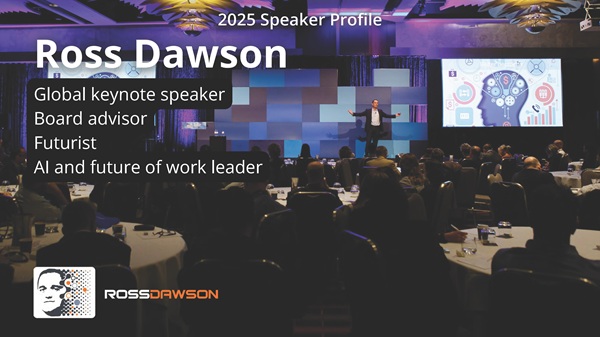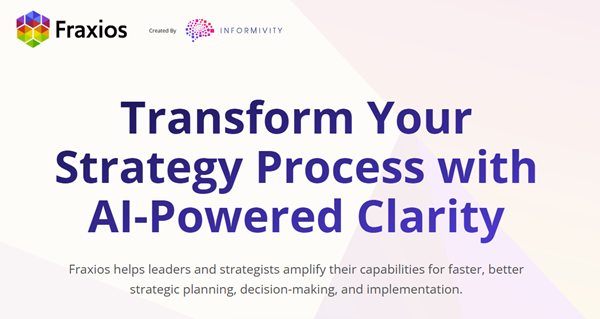There are plenty of terms being bandied about to describe the role of AI in organizations, notably “AI first”. But what do these terms actually mean? In many cases these terms are being used in quite different ways, sometimes as much as anything to signal management intent to investors and other stakeholders.
Each term used to describe AI in organizations has implications, which do need to be considered in depth if it is part of an organization’s identity.
Here I suggest some definitions for these terms, as well as a couple of starting questions for leadership to consider. Full text below.
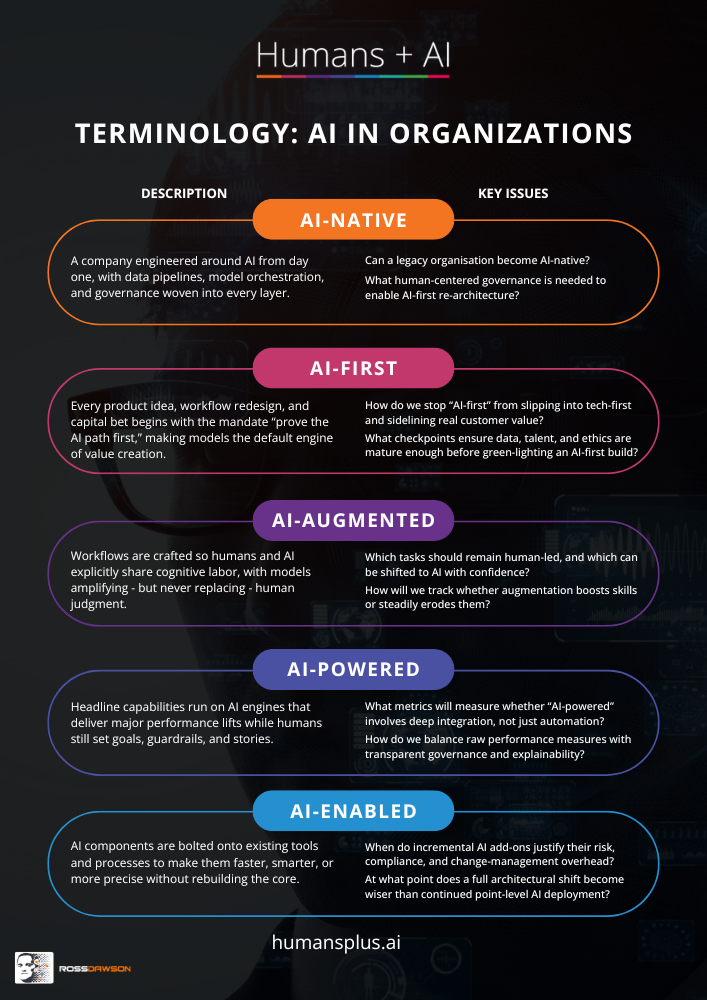
AI-NATIVE
Description:
A company engineered around AI from day one, with data pipelines, model orchestration, and governance woven into every layer.
Key Issues:
-
Can a legacy organisation become AI-native?
-
What human-centered governance is needed to enable AI-first re-architecture?
AI-FIRST
Description:
Every product idea, workflow redesign, and capital bet begins with the mandate “prove the AI path first,” making models the default engine of value creation.
Key Issues:
-
How do we stop “AI-first” from slipping into tech-first and sidelining real customer value?
-
What checkpoints ensure data, talent, and ethics are mature enough before green-lighting an AI-first build?
AI-AUGMENTED
Description:
Workflows are crafted so humans and AI explicitly share cognitive labor, with models amplifying – but never replacing – human judgment.
Key Issues:
-
Which tasks should remain human-led, and which can be shifted to AI with confidence?
-
How will we track whether augmentation boosts skills or steadily erodes them?
AI-POWERED
Description:
Headline capabilities run on AI engines that deliver major performance lifts while humans still set goals, guardrails, and stories.
Key Issues:
-
What metrics will measure whether “AI-powered” involves deep integration, not just automation?
-
How do we balance raw performance measures with transparent governance and explainability?
AI-ENABLED
Description:
AI components are bolted onto existing tools and processes to make them faster, smarter, or more precise without rebuilding the core.
Key Issues:
-
When do incremental AI add-ons justify their risk, compliance, and change-management overhead?
-
At what point does a full architectural shift become wiser than continued point-level AI deployment?

